Do you know Indian runner ducks live longer than Pekins?
Indian runners get their adolescence in 8-9 weeks and mature in 18–20 weeks. You can raise them for several years like any other pet.
Let’s know the lifespan of Indian runners and some ways to extend it.
What Do Indian Runner Ducks Look Like?
Indian runner ducks have a long, slim, wedge-shaped body, a narrow, long head, and a straight bill.
They are in various colors and varieties: white, fawn and white, black, buff, chocolate, gray, penciled, and Cumberland blue.
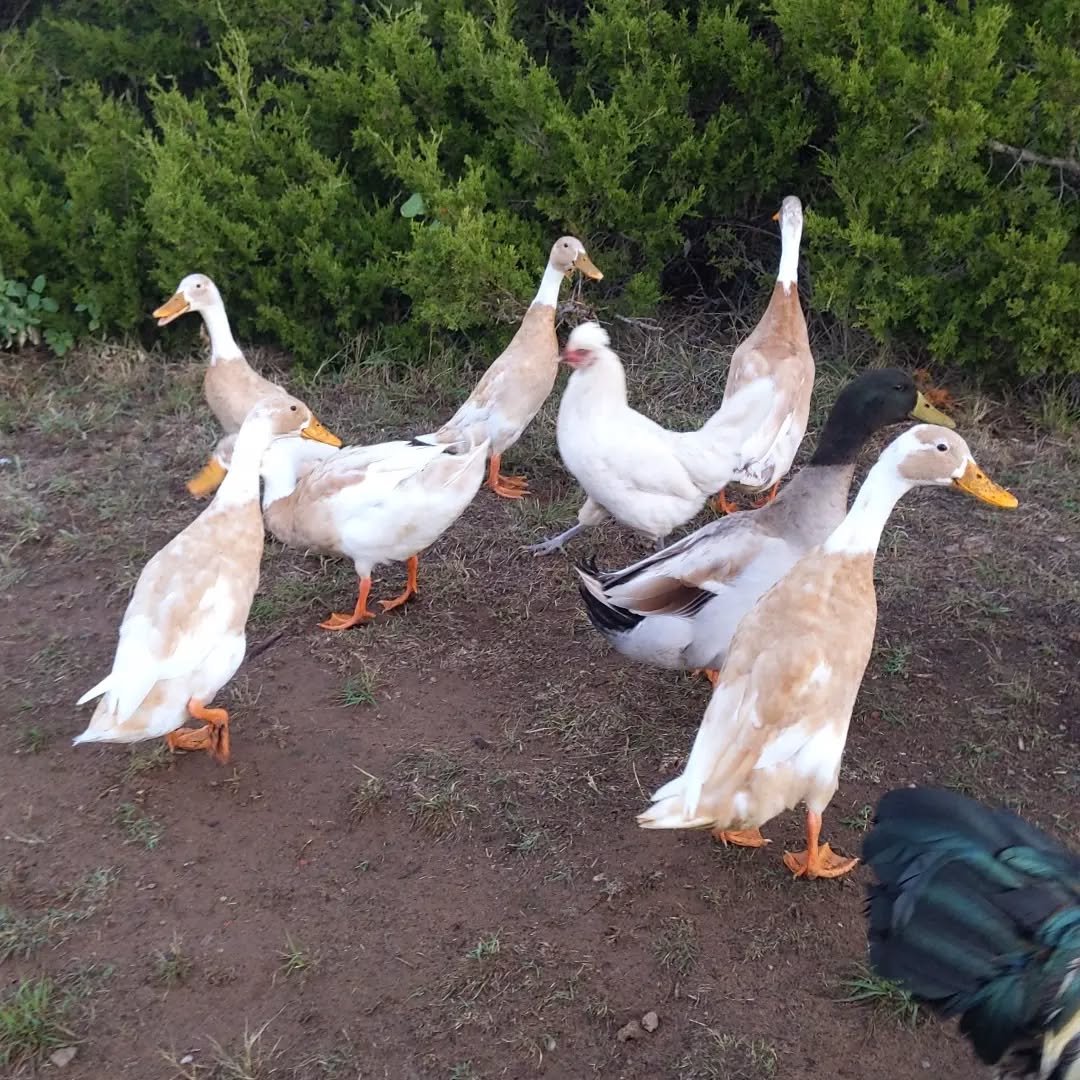
Some associate varieties include silver, trout, blue trout, and apricot trout.
Besides, Indian runner ducks get 20-30 inches in height and 3-5 pounds in weight.
Drakes can be 25-30 inches and weigh between 3.5 and 5 pounds, while ducks grow 3-4.5 pounds in a 20-26-inch body.
These breeds are raised for eggs, meat, pest control, pets, and herding dog training.
They can lay 200-350 eggs from February to August, with young birds in autumn. Layers start giving eggs between the ages of 20 and 24 weeks.
You can expect them to produce eggs per day.
Their eggs are 1.5 times bigger than those of chickens, weighing three ounces. They are in several colors, such as white, greenish, and bluish.
Typical Lifespan of Indian Runner Ducks
Indian runner ducks take 28 days to hatch their eggs. The ducklings do not need to be fed for 24 hours, as they already have a food reserve.
They start eating after 24 hours of hatching and need the starter crumbs properly after 48 hours.
You can continue feeding them for 8 weeks. After about 5 weeks, the ducklings change their voice from a peep to a quack.
Young females develop juvenile feathers that resemble those of adult ducks between 4 and 8 weeks.
Drakes grow curly feathers to differentiate from ducks. Then, the ducklings get their tail at 14-16 weeks old.
These breeds are fast grower that can get their full size in 4-5 months.
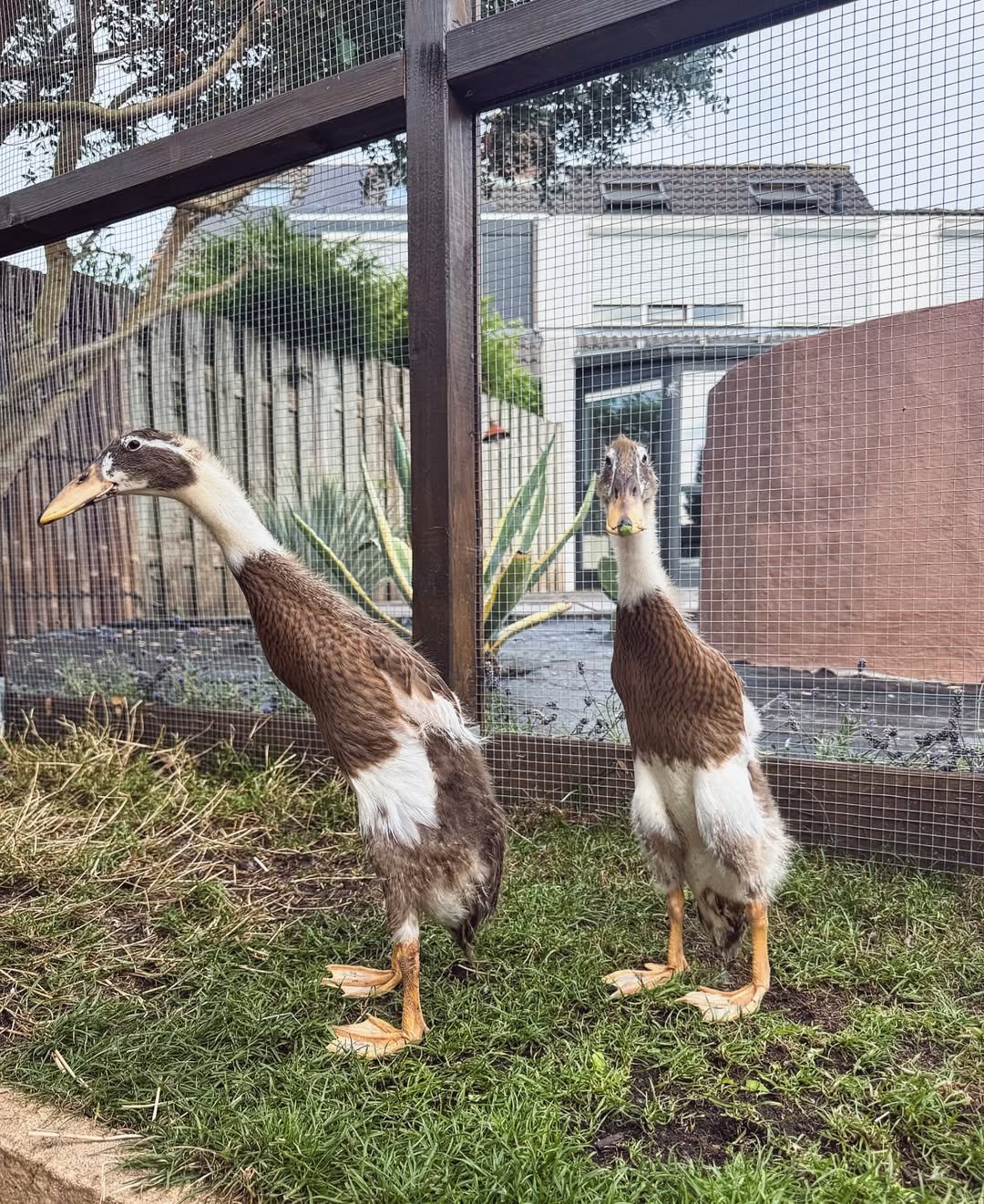
Indian runner ducks live for an average of 5–12 years without injury at home or in captivity. But their lifespan can be shorter or longer depending on their genetics, environment, and care.
For example, wild ducks have shorter lifespans than domesticated ones.
Though the ducks are hardy in the free range, the forest, or wilderness, they face several challenges without external care.
They had to go through harsh, exposed temperatures (hot and cold) that can reduce their lifespan.
Besides, wild ducks have to forage for food to survive and cannot get their belly full very often. And scarce food and water lead them to starvation.
Also, they do not have protected coops in the wild, so predators such as foxes, raccoons, and hawks easily make their prey.
No need to mention that ducks cannot get treated after they get injured or sick.
Therefore, wild ducks survive only 5–8 years, while ducks raised on farms and homesteads live for 8–12 years or more with care, from feeding to treatment.
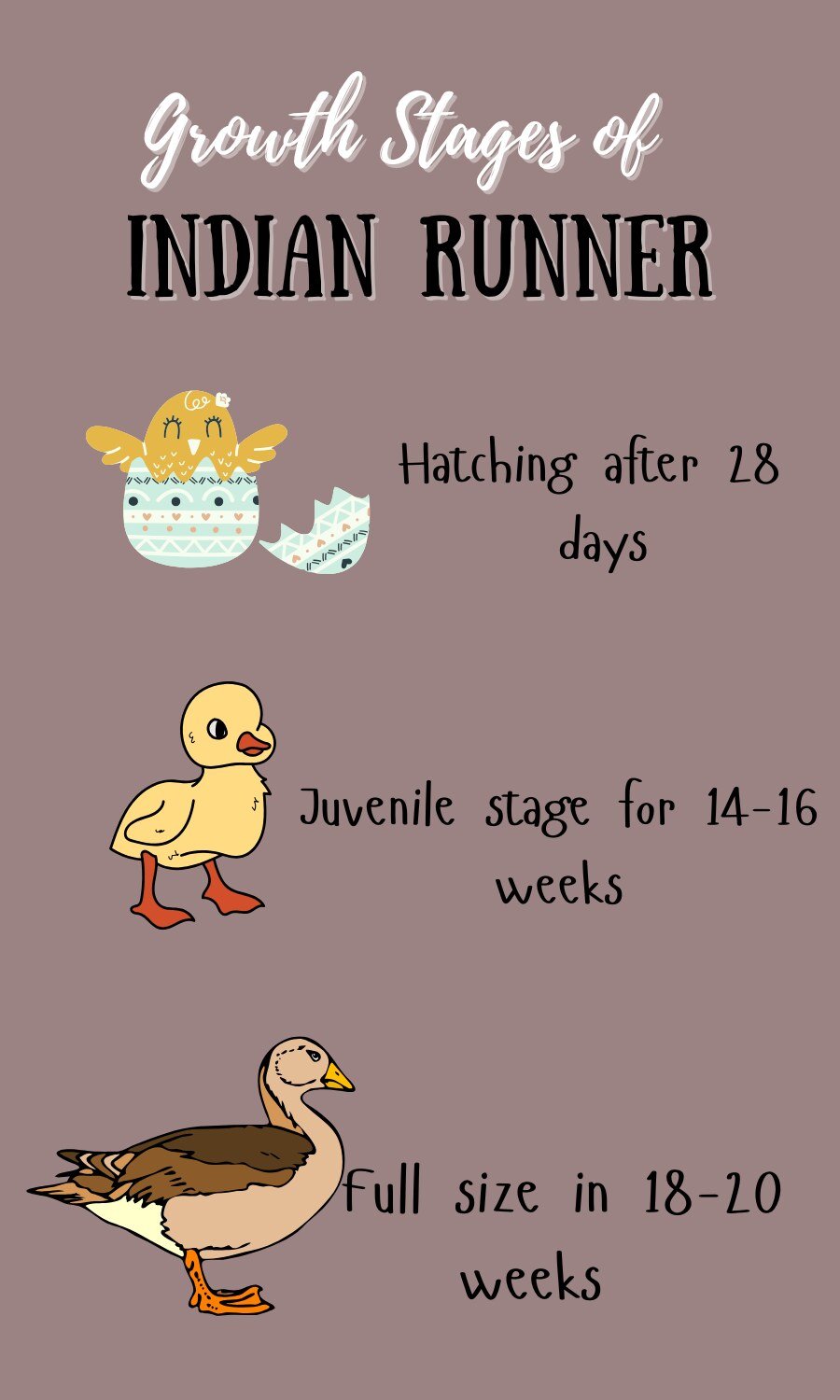
Key Factors That Impact the Lifespan of Indian Runner Ducks
Diet and Nutrition
Indian runner ducks eat plants, seeds, grains, fruits, small insects, and invertebrates.
For three weeks, you can feed the ducklings duck starter crumbs, which contain around 19% protein. Then, you can give them duck grower pellets, which reduce the protein.
Ducklings are happy to adopt 100% grower-size pellets when they are 4 weeks old.
Remember, don’t feed ducks dry food without water.
Also, limit the protein content below 15 percent. If ducklings are forced to digest high protein, they may develop rough wings.
Introduce a small amount of wheat to them at 5 weeks. By 10 weeks, you can increase the wheat content in the diet to 50 percent.
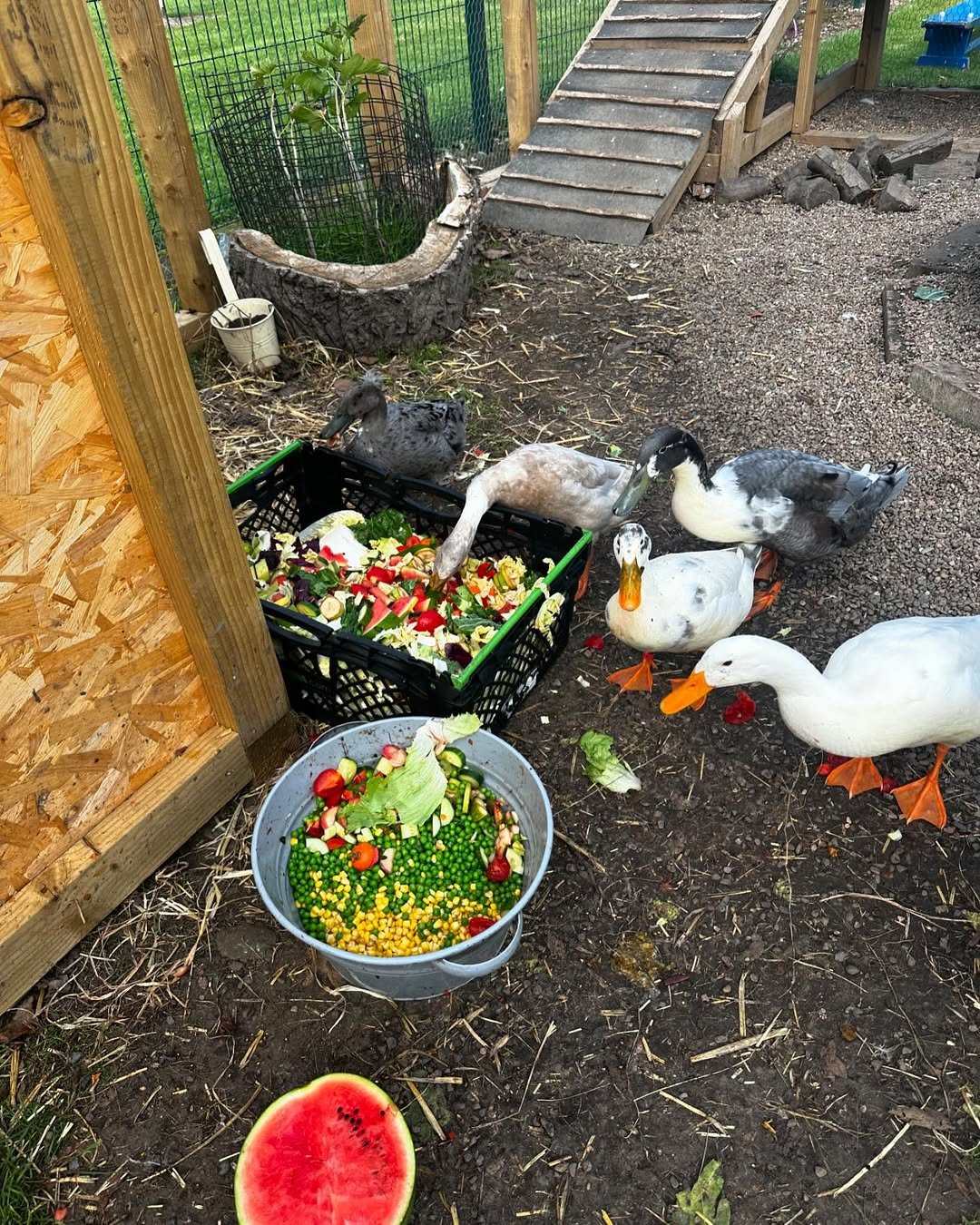
The diet with duck grower pellets and wheat (50:50) is offered until the ducks are 16 weeks old.
Then, it is okay to switch to a layer ratio.
By 24 – 26 weeks, young ducks are ready to lay eggs, so they need layers of pellets. But, you can increase the wheat ratio for drakes to the diet after 16 weeks.
Offer the fermented whole wheat.
To do this, soak the wheat grains in water for two days in summer or three days in winter. Fermentation should be performed in a dark place.
Living Conditions
Indian runner ducks originated from the Indonesian islands of Lombok, Malaya, Java, and Bali.
They prefer a wetland area with shallow water and tolerate 20 degrees Fahrenheit.
Though Indian runners like to roam, forage outdoors, and swim in the waterfowl, they can be domesticated at home and on a farm.
They don’t need water to breed, but they are required to wash their body for a tidy look.
Besides, Indian runners are happy living in a simple wooden coop with soft bedding for sleeping and resting overnight.
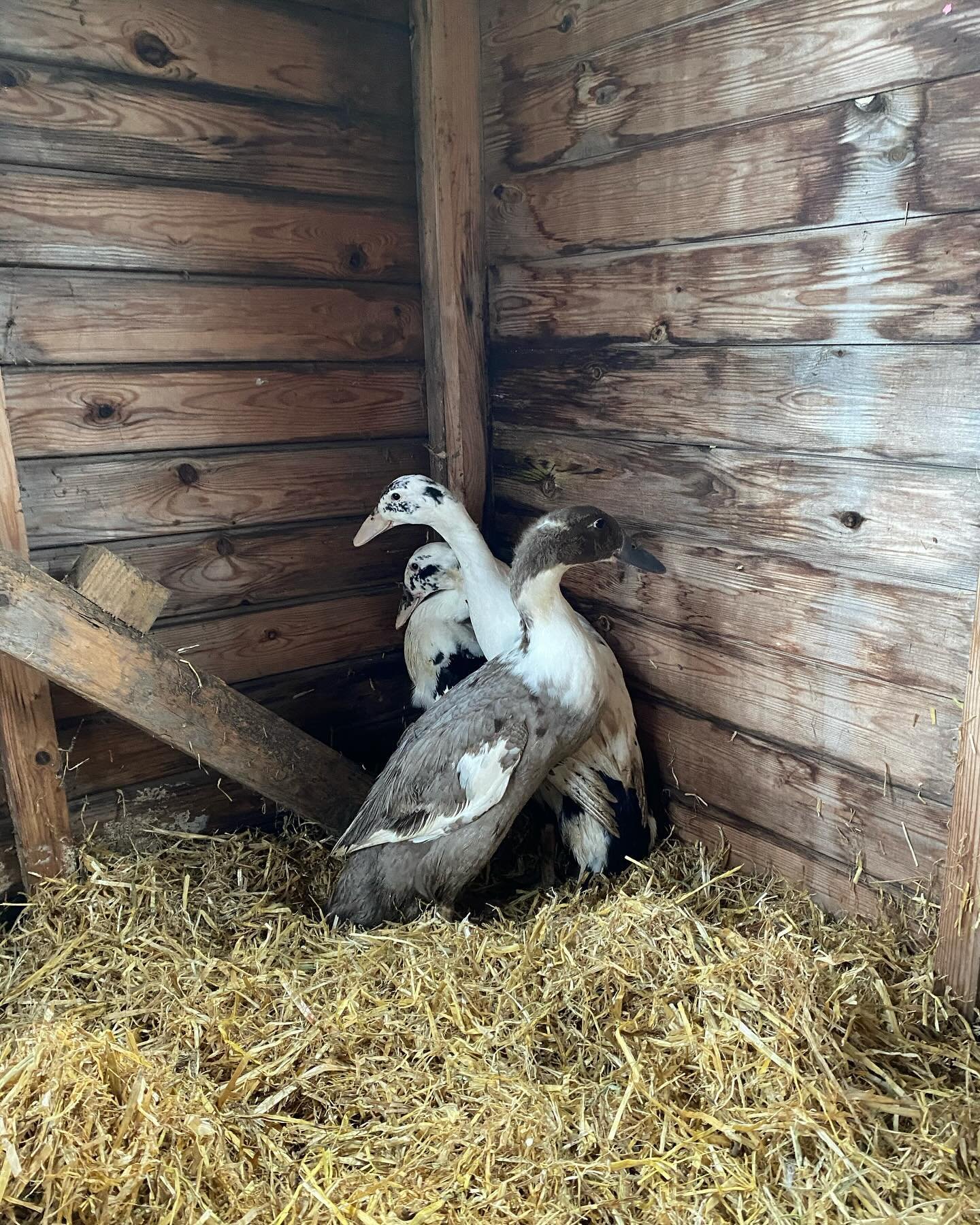
If you want to confine them for a longer period of the day, the coop needs to be large and tall enough for ducks to stand tall and flap.
Lack of space and exercise can force ducklings to grow rough wing feathers and weak legs. By the age of 5–6 weeks, they develop fluffy backs.
Also, don’t house them for a whole day, but you need to protect them from wet weather. They can be hardy to cold temperatures but cannot be unaffected by frostbite.
Install the fence around the ducks’ habitat to protect them from predators. Also, Indian runners can be messy with their poops around and inside the coop.
So, you need to sanitize their hut once a week or so.
Health Care
How many years Indian runner ducks live also depends on good care.
When Indian runners are sick, they experience a lack of appetite, limping, and strain. They also generally behave slowly.
Common diseases affecting Indian Runner ducks include Aspergillosis, Botulism, Coccidiosis, Enteritis, Pasteurella, and Prolapse.
Ducks can also face other problems, such as lameness, maggots, mites, lead poisoning, and slipped wings.
So, you need to call professionals regularly, check up at least once a year, and vaccinate ducks as recommended.
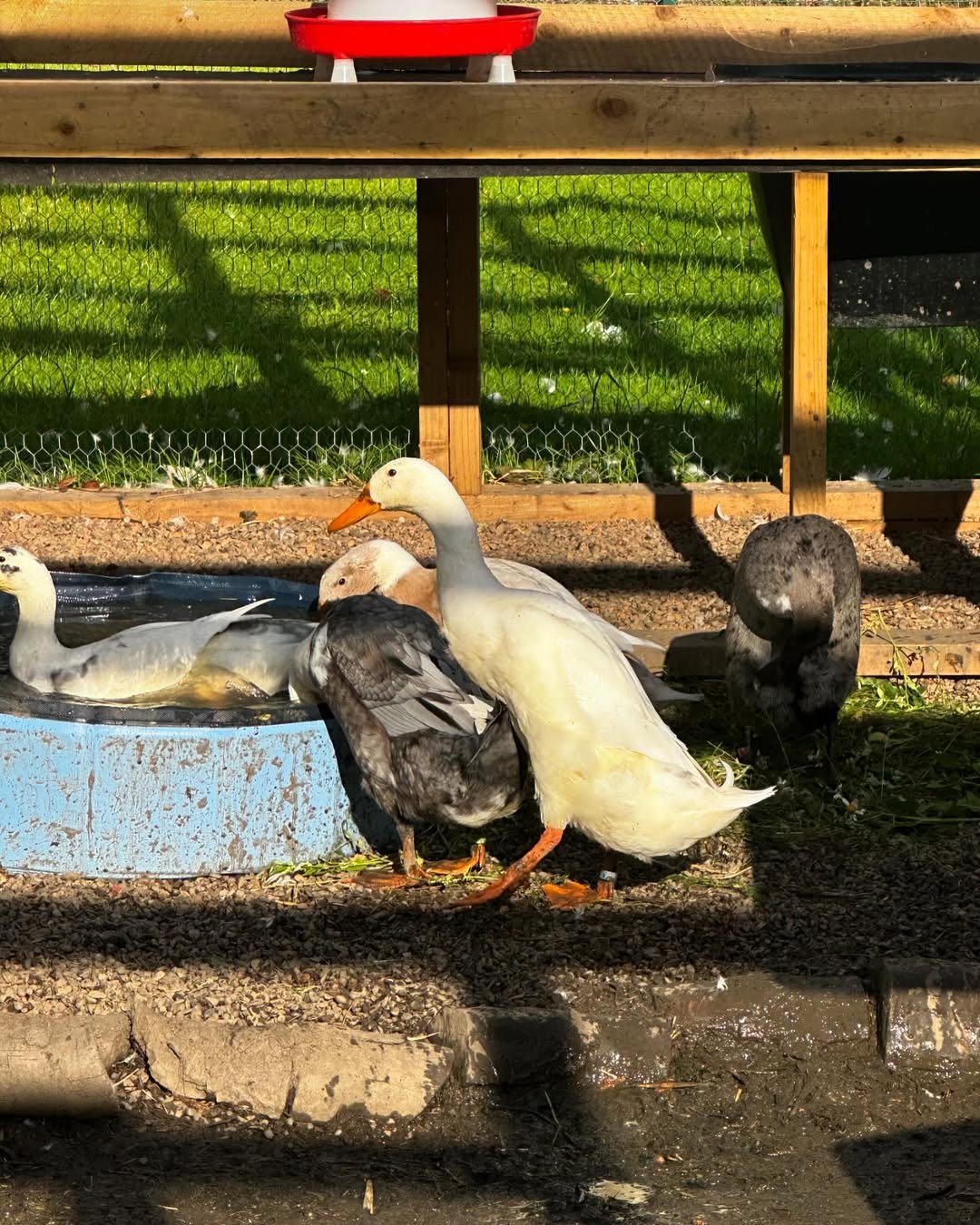
While raising Indian runners, make a coop with good ventilation. Also, bedding should be clean and dry. They appreciate the easy access to water near their house.
So, provide clean water in buckets and ponds as they wash their eyes and feathers and drink the same water.
Don’t offer moldy food, as it can cause aflatoxins.
Remove any sharp objects that can injure them, such as nails, string, glass, and plastic.
It is good to worm the birds in a rotation every six months.
How to Increase the Lifespan of Indian Runner Ducks
Besides the above advice, I want you to consider a few extras.
- Indian runner ducks are waterfowl birds, so several problems can result from water. If the water is still in the pond, change it regularly.
- Check their droppings to check their health. Their droppings are brown, gray, or green and wet and loose.
- But if you notice bloody, foamy, loose, and watery stools, a red flag must be raised.
- These runners are social and can live in a group.
- As Indian drakes have higher fertility, you can place them every 3–7 ducks for breeding.
- Also, the signs of duck aging should be monitored, and health issues should be addressed early.
You can tell your Indian runners are aging if they have a duller plumage, especially around the face and back. Also, they have less glossy and vibrant feathers and bills.
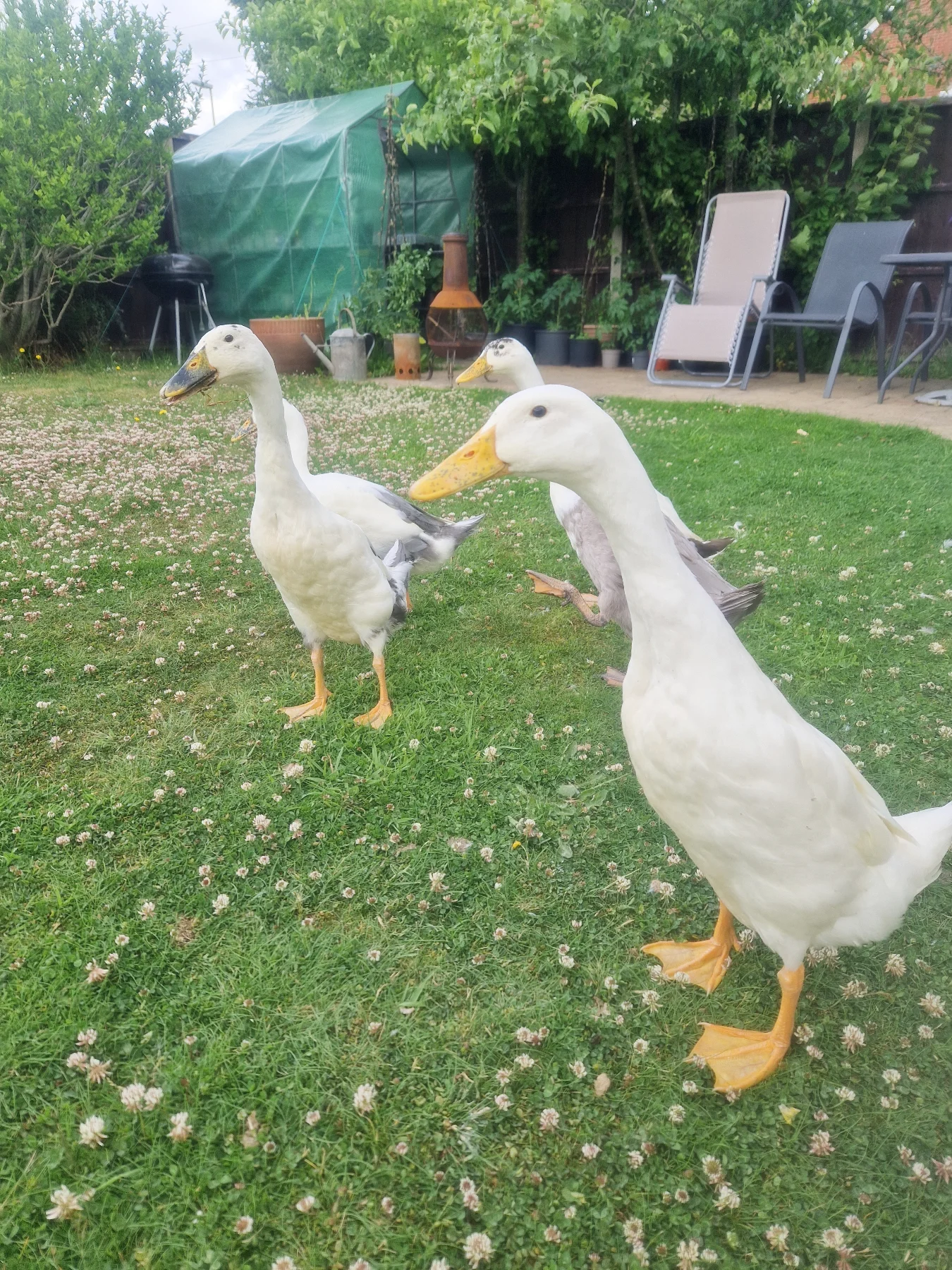
Their leg scales become more pronounced and rougher.
They look less energetic and often seem to be sitting without activity. Also, their quack decreases over time with age.
Final Thoughts
How long Indian runner ducks live depends on how well you feed, house, and care for them.
You can make them pets to increase their lifespan.



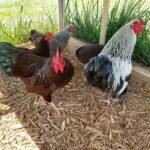
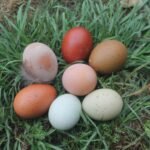


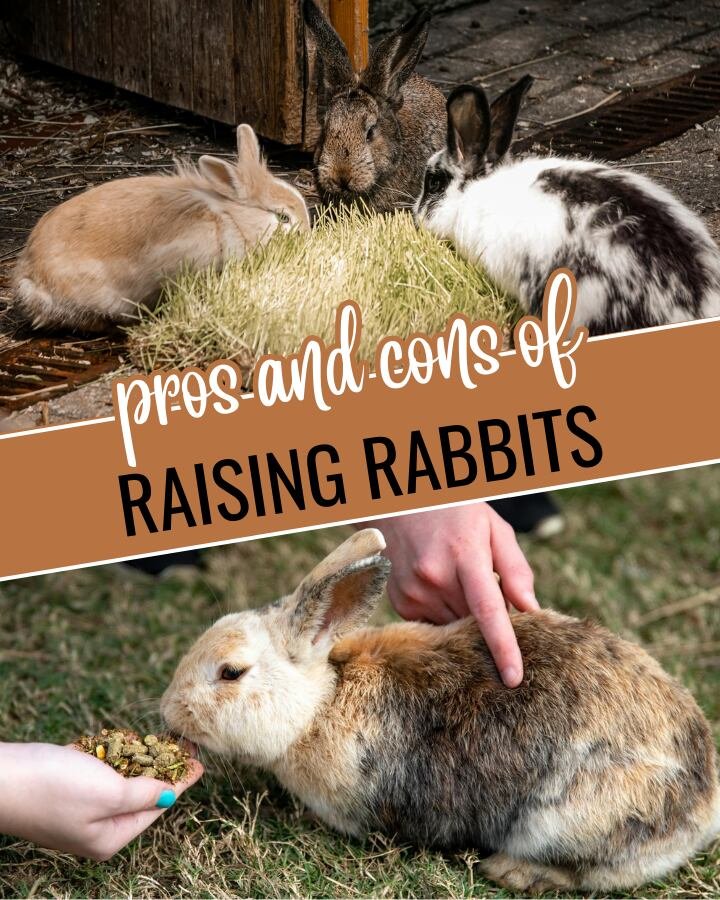
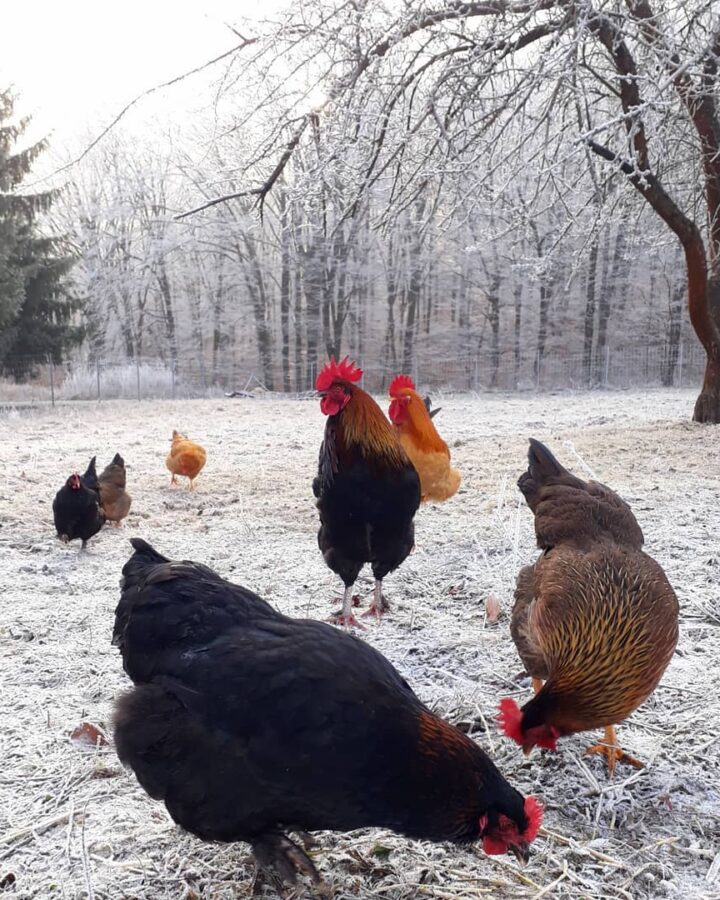
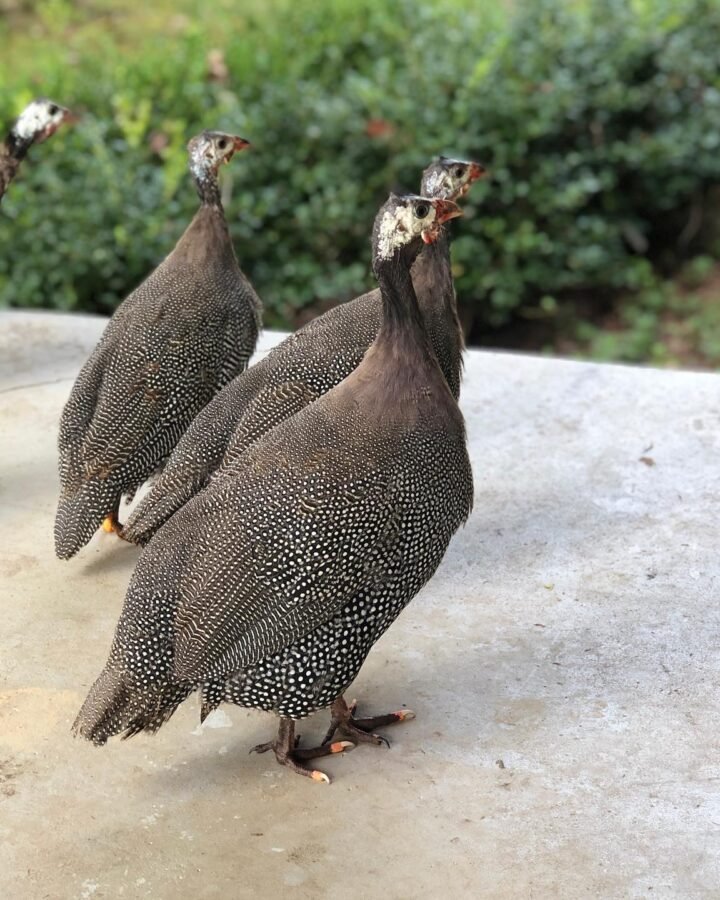
Leave a Reply